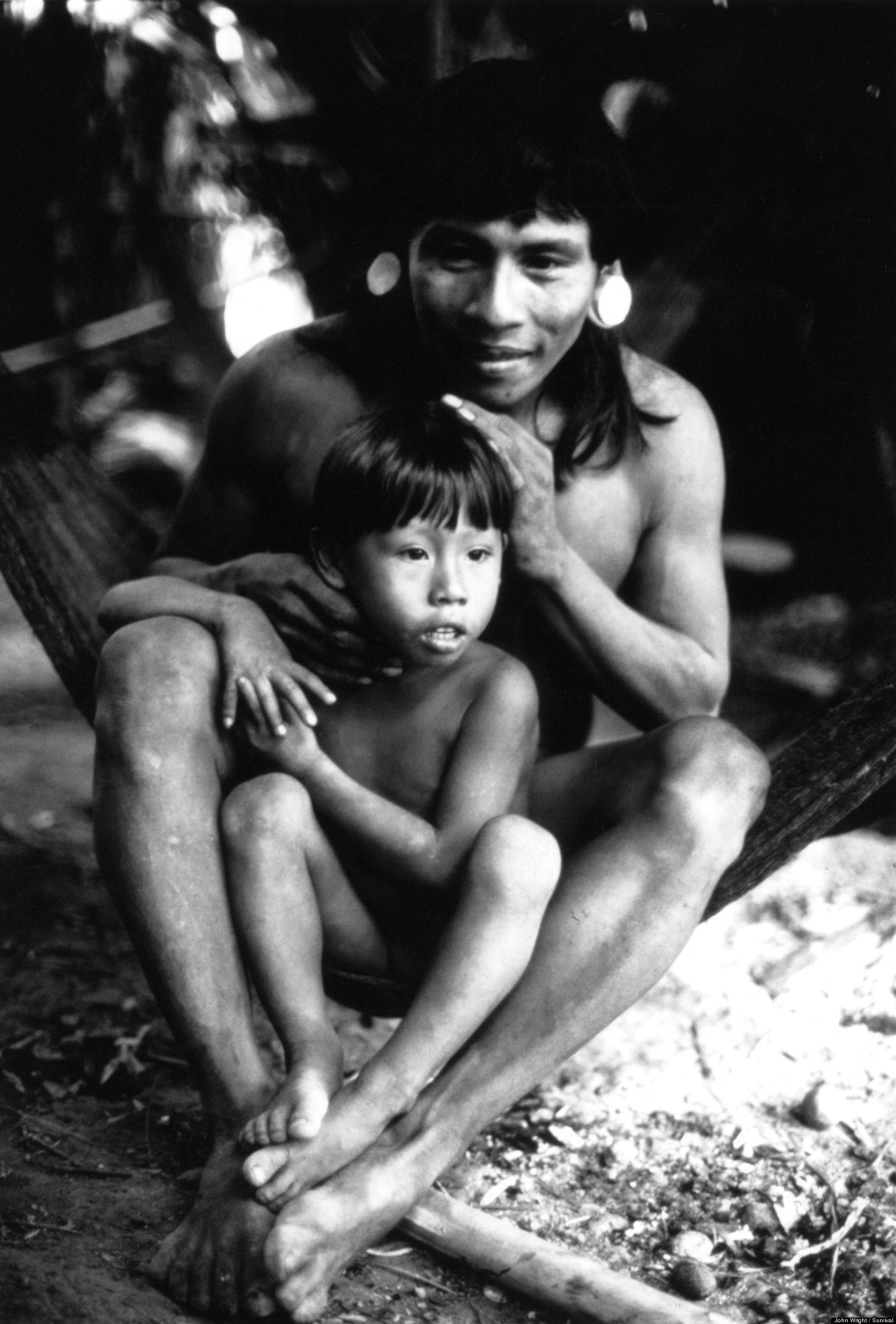Blog

Waorani, Ecuador










mick with daughter Maya in Isla Mujeres

mick with son Mario at Minnesota Renaissance Festival


These clouds of interstellar dust and gas have blossomed 1,300 light-years away in the fertile star fields of the constellation Cepheus. Sometimes called the Iris Nebula, NGC 7023 is not the only nebula in the sky to evoke the imagery of flowers, though. Still, this deep telescopic view shows off the Iris Nebula’s range of colors and symmetries in impressive detail. Within the Iris, dusty nebular material surrounds a hot, young star. The dominant color of the brighter reflection nebula is blue, characteristic of dust grains reflecting starlight. Central filaments of the dusty clouds glow with a faint reddish photoluminesence as some dust grains effectively convert the star’s invisible ultraviolet radiation to visible red light (text taken from an APOD).

Horace Swaby (21 June 1954 – 18 May 1999), known as Augustus Pablo, was a Jamaican roots reggae and dub record producer, melodicaplayer and keyboardist, active from the 1970s until his death.
He popularised the use of the melodica (an instrument at that time primarily used in Jamaica to teach music to schoolchildren) in reggae music. His album King Tubbys Meets Rockers Uptown (1976) is often regarded as one of the most important examples of dub.
He was born in St. Andrew, Jamaica, and learned to play the organ at the Kingston College School, where a girl lent him a melodica, an instrument that fascinated him. He also met Herman Chin Loy, who after working at his cousin Leslie Kong‘s Beverley’s record shop, had set up his own Aquarius store in Half Way Tree. Swaby recorded early tracks including “Higgi Higgi”, “East of the River Nile”, “Song of the East” and “The Red Sea” between 1971 and 1973 for Chin-Loy’s Aquarius Records. Chin Loy had previously used the name Augustus Pablo generically for keyboard instrumentals recorded by Lloyd Charmers and Glen Adams, and Swaby took the name for this recording.
“East of the River Nile”, a unique blend of East Asian and Jamaican sounds, became a moderate hit. He soon joined Now Generation (Mikey Chung‘s band) and played keyboard with them while his friend Clive Chin began his own career as a record producer. Pablo and Chin recorded “Java” (1972) together, as soon as Pablo quit Now Generation and Clive was able to obtain studio time. This instrumental was a massive hit and launched Pablo’s solo career. He recorded with Chin and others including Lee Perry and Chin’s uncle, Leonard Chin. Pablo scored another smash hit with “My Desire” (John Holt).
Pablo formed the labels Hot Stuff, Message and Rockers (named after his brother’s soundsystem, Rockers), and released a steady stream of well-received instrumentals, mostly versions of older hits from Studio One. In spite of his success with Rockers, Pablo’s 1974 album, This Is Augustus Pablo, was recorded with Clive and Pat Chin. This was followed by a collaboration with the legendary reggae engineer King Tubby, 1975’s Ital Dub.
more...Nils Hilmer Lofgren (born June 21, 1951) is an American rock musician, recording artist, songwriter, and multi-instrumentalist. Along with his work as a solo artist, he has been a member of Bruce Springsteen‘s E Street Band since 1984, a member of Crazy Horse, and founder/frontman of the band Grin. Lofgren was inducted into the Rock and Roll Hall of Fame as a member of the E Street Band in 2014.
Lofgren was born in Chicago in 1951 to an Italian mother and a Swedish father. When he was a young child, the family moved to the Washington, D.C., suburb of Bethesda, Maryland. Lofgren’s first instrument was classical accordion, beginning at age five, which he studied seriously for ten years. After studying classical music and jazz, throughout his youth, Lofgren switched his emphasis to rock music, and focused on the piano and the guitar.
more...Chuck Anderson is an American jazz guitarist based in suburban Philadelphia, Pennsylvania.
Anderson was born in Chicago, Illinois on June 21, 1947. He began guitar lessons at the age of 14. By 1963, he was teaching guitar and playing in a band. At the age of 19, he began studies with Dennis Sandole. Sandole was notable for his association with John Coltrane, James Moody, Michael Brecker, Pat Martino, and Jim Hall. In 1969, Anderson was offered the staff guitar job at the Latin Casino in Cherry Hill, New Jersey.[3] The Latin was a popular venue before gambling came to Atlantic City. During that period, he accompanied and performed with Bobby Darin, Billy Eckstine, and Peggy Lee, playing fourteen shows a week.
In 1973, he returned to jazz and formed the Chuck Anderson Trio with Al Stauffer on bass and Ray Deeley on drums. Four years later, he got the staff guitar job at Valley Forge Music Fair in Devon, Pennsylvania. He worked with Nancy Wilson, Michel LeGrand, and Anthony Newley. In the years that followed, he concentrated on teaching, composing, and session work.
He has written a column, “The Art and Science of Jazz”, for the web magazine All About Jazz.
more...Nehemiah Curtis “Skip” James (June 9, 1902 – October 3, 1969) was an American Delta blues singer, guitarist, pianist and songwriter. His guitar playing is noted for its dark, minor-key sound, played in an open D-minor tuning with an intricate fingerpicking technique. James first recorded for Paramount Records in 1931, but these recordings sold poorly, having been released during the Great Depression, and he drifted into obscurity.
After a long absence from the public eye, James was rediscovered in 1964 by blues enthusiasts, helping further the blues and folk music revival of the 1950s and early 1960s. During this period, James appeared at folk and blues festivals, gave concerts around the country and recorded several albums for various record labels. His songs have influenced generations of musicians and have been adapted by numerous artists. He has been hailed as “one of the seminal figures of the blues.”
James was born near Bentonia, Mississippi. His father was a bootlegger who reformed and became a preacher. As a youth, James heard local musicians, such as Henry Stuckey, from whom he learned to play the guitar, and the brothers Charlie and Jesse Sims. James began playing the organ in his teens. He worked on road construction and levee-building crews in Mississippi in the early 1920s and wrote what is perhaps his earliest song, “Illinois Blues”, about his experiences as a laborer. He began playing the guitar in open D-minor tuning.
more...The Butterfly Nebula, also known as NGC 6302, is depicted here in a brilliant image taken by the NASA/ESA Hubble Space Telescope. This nebula lies about 3,800 light-years away from planet Earth in the constellation Scorpius. The striking butterfly shape of the nebula stretches out an incredible distance, over two light-years.

Mickie Most (20 June 1938 – 30 May 2003) was an English record producer behind scores of hit singles for acts such as the Animals, Herman’s Hermits, the Nashville Teens, Donovan, Lulu, Suzi Quatro, Hot Chocolate, Arrows, Racey, and the Jeff Beck Group, often issued on his own RAK Records label.
Most was born as Michael Peter Hayes in Aldershot, Hampshire, England. The son of a regimental sergeant-major, he moved with his parents to Harrow in 1951. He was influenced by skiffle and early rock and roll in his youth. Leaving school at 15, he worked as a singing waiter at London’s The 2i’s Coffee Bar where he made friends with future business partner Peter Grant, and formed a singing duo with Alex Wharton (aka Alex Murray) who billed themselves as the Most Brothers. They recorded the single “Takes A Whole Lotta Loving to Keep My Baby Happy” with Decca Records before disbanding. Wharton later went on to produce the Moody Blues single “Go Now“. After changing his name to Mickie Most in 1959, he travelled to South Africa with his wife Christina, and formed a pop group, Mickie Most and the Playboys. The band scored 11 consecutive No. 1 singles there, mostly with cover versions of Ray Peterson, Gene Vincent, Buddy Holly and Eddie Cochran songs. Returning to London in 1962, Most appeared on package tours as well as recording “Mister Porter”, a No. 45 hit in the UK Singles Chart in July 1963 and had moderate success with ‘The Feminine Look’ in 1963, this latter featuring Jimmy Page on lead guitar and heralding early British heavy rock.
more...Leslie Johnson[2][3] (June 20, 1933 – August 22, 2018), better known as Lazy Lester, was an American blues musician who sang and played the harmonica and guitar. His career spanned the 1950s to 2018.
Best known for regional hits recorded with Ernie Young’s Nashville-based Excello Records, Lester also contributed to songs recorded by other Excello artists, including Slim Harpo, Lightnin’ Slim, and Katie Webster. Cover versions of his songs have been recorded by (among others) the Kinks, the Flamin’ Groovies, Freddy Fender, Dwight Yoakam, Dave Edmunds, Raful Neal, Anson Funderburgh, and the Fabulous Thunderbirds. In the comeback stage of his career (since the late 1980s) he recorded new albums backed by Mike Buck, Sue Foley, Gene Taylor, Kenny Neal, Lucky Peterson, and Jimmie Vaughan.
Lester started playing the guitar around age 11 and began performing in his teens around Baton Rouge with Raful Neal, later cofounding the Rhythm Rockers. In the mid-1950s, Lester was on the margins of the Louisiana blues scene. According to Rolling Stone (February 23, 2006), Buddy Guy, before moving to Chicago, had played in Louisiana “with some of the old masters: Lightnin’ Hopkins, Lazy Lester, Slim Harpo.” When Guy left for Chicago, in 1957, Lester replaced him, on guitar, in a local band—even though Lester, at the time, did not own one.
more...Eric Allan Dolphy Jr. (June 20, 1928 – June 29, 1964) was an American jazz alto saxophonist, bass clarinetist and flautist. On a few occasions, he also played the clarinet and piccolo. Dolphy was one of several multi-instrumentalists to gain prominence around the time that he was active. His use of the bass clarinet helped to establish the instrument within jazz. Dolphy extended the vocabulary and boundaries of the alto saxophone, and was among the earliest significant jazz flute soloists.
His improvisational style was characterized by the use of wide intervals, in addition to using an array of extended techniques to emulate the sounds of human voices and animals. Although Dolphy’s work is sometimes classified as free jazz, his compositions and solos were often rooted in conventional (if highly abstracted) tonal bebop harmony and melodic lines that suggest the influences of modern classical composers such as Béla Bartók and Igor Stravinsky[citation needed] as well as Arnold Schoenberg.
Dolphy was born and raised in Los Angeles, California, to Eric Allan Dolphy, Sr. and Sadie Dolphy, who immigrated to the United States from Panama. He picked up the clarinet at age six, and in less than a month was playing in the school’s orchestra. He also learned the oboe in junior high school, though he never recorded on the instrument. While still in junior high, he received a scholarship to study at the music school of University of Southern California, which was near where he and his parents lived. Hearing Fats Waller, Duke Ellington and Coleman Hawkins led him toward jazz, and he picked up the saxophone and flute while in high school.
more...Chester Burton Atkins (June 20, 1924 – June 30, 2001), known as “Mr. Guitar” and “The Country Gentleman”, was an American musician, occasional vocalist, songwriter, and record producer who, along with Owen Bradley, Bob Ferguson and others, created the country music style that came to be known as the Nashville sound, which expanded country music’s appeal to adult pop music fans. He was primarily known as a guitarist. He also played the mandolin, fiddle, banjo, and ukulele.
Atkins’s signature picking style was inspired by Merle Travis. Other major guitar influences were Django Reinhardt, George Barnes, Les Paul, and, later, Jerry Reed. His distinctive picking style and musicianship brought him admirers inside and outside the country scene, both in the United States and abroad. Atkins spent most of his career at RCA Victor and produced records for the Browns, Hank Snow, Porter Wagoner, Norma Jean, Dolly Parton, Dottie West, Perry Como, Floyd Cramer, Elvis Presley, the Everly Brothers, Eddy Arnold, Don Gibson, Jim Reeves, Jerry Reed, Skeeter Davis, Waylon Jennings, and many others.
Rolling Stone credited Atkins with inventing the “popwise ‘Nashville sound’ that rescued country music from a commercial slump,” and ranked him number 21 on their list of “The 100 Greatest Guitarists Of All Time.” Among many other honors, Atkins received 14 Grammy Awards and the Grammy Lifetime Achievement Award. He also received nine Country Music Association awards for Instrumentalist of the Year. He was inducted into the Rock & Roll Hall of Fame, the Country Music Hall of Fame and Museum, and the Musicians Hall of Fame and Museum. George Harrison was also inspired by Chet Atkins; early Beatles songs such as “All My Loving” show the influence.
Atkins was born on June 20, 1924, in Luttrell, Tennessee, near Clinch Mountain. His parents divorced when he was six years old, after which he was raised by his mother. He was the youngest of three boys and a girl. He started out on the ukulele, later moving on to the fiddle, but made a swap with his brother, Lowell, when he was nine: an old pistol and some chores for a guitar.
more...Juneteenth — also known as Freedom Day — has been a tradition in the United States for more than 150 years. The holiday finds its roots in Texas, where enslaved African-Americans in the city of Galveston were finally informed of their freedom on June 19, 1865, about two and half years after President Abraham Lincoln issued the Emancipation Proclamation on Jan. 1, 1863. Participation in Juneteenth celebrations grew throughout the years as descendants continued traditions in Texas and, as African-Americans in the South migrated across the country, Juneteenth celebrations began appearing in different cities.
There has been a surge of attention on the holiday in recent weeks, as the protest movement against police brutality and structural racism toward black Americans gains momentum. Gov. Andrew Cuomo of New York signed an executive order on Wednesday making Juneteenth a holiday for state employees, and companies from Twitter to Target to Nike are observing the day as a holiday or as a day of service. Forty-seven states and the District of Columbia officially commemorate or observe Juneteenth; Texas, which made it a state holiday in 1980, was first to do so.

more...
mick will be doing a Reggae version of a couple of Rolling Stones tunes for this virtual reggae event!

More Posts
- Lee “Scratch” Perry
- Harold Mabern
- Marian McPartland
- Sister Rosetta Tharpe
- World Music Sephardica Sinfónico
- Daily Roots Tommy McCook & the Supersonics
- Betraying Heros
- Science Reality
- Curley Russell
- Cosmo NGC 2359
- Tom Constanten
- Clarence Frogman Henry
- Buster Bennett
- Buster Harding
- Lenny Tristano
- World Fusion Tigran Hamasyan
- Daily Roots Prince Jammy
- Cosmo LDN 1235
- Big Daddy Kinsey
- Wilson Pickett
